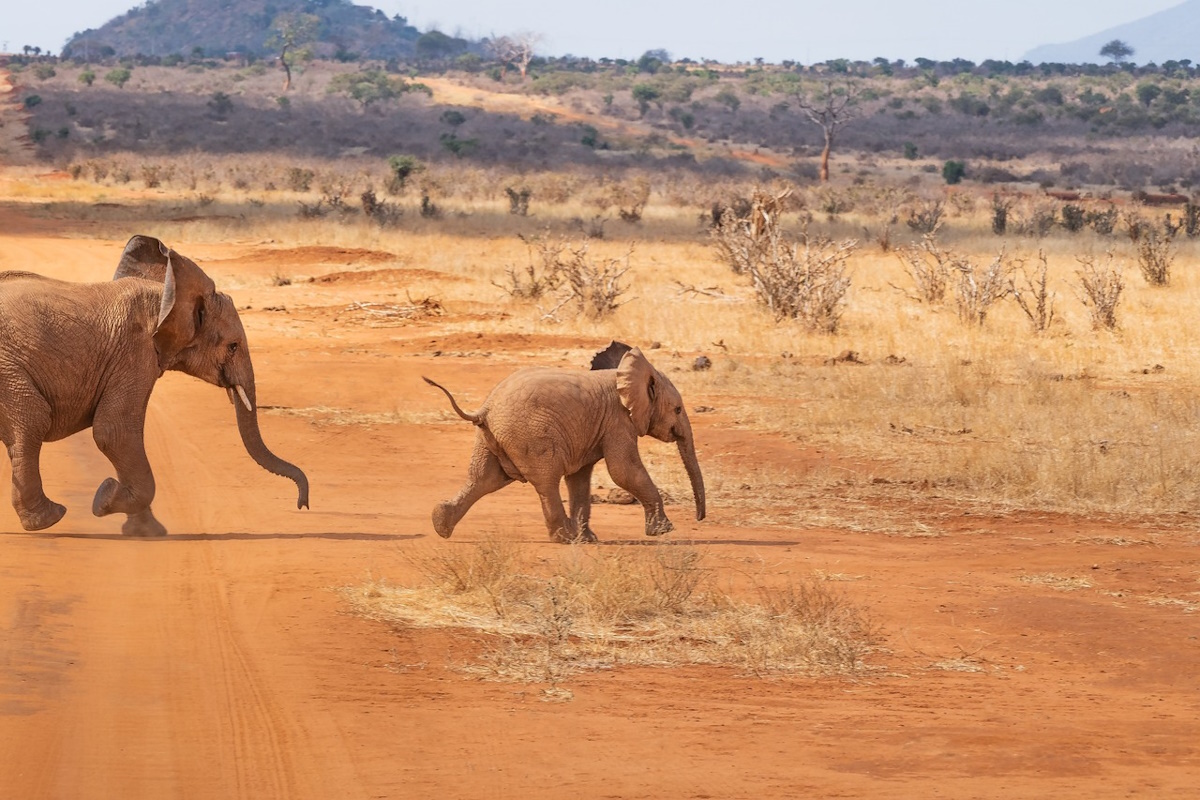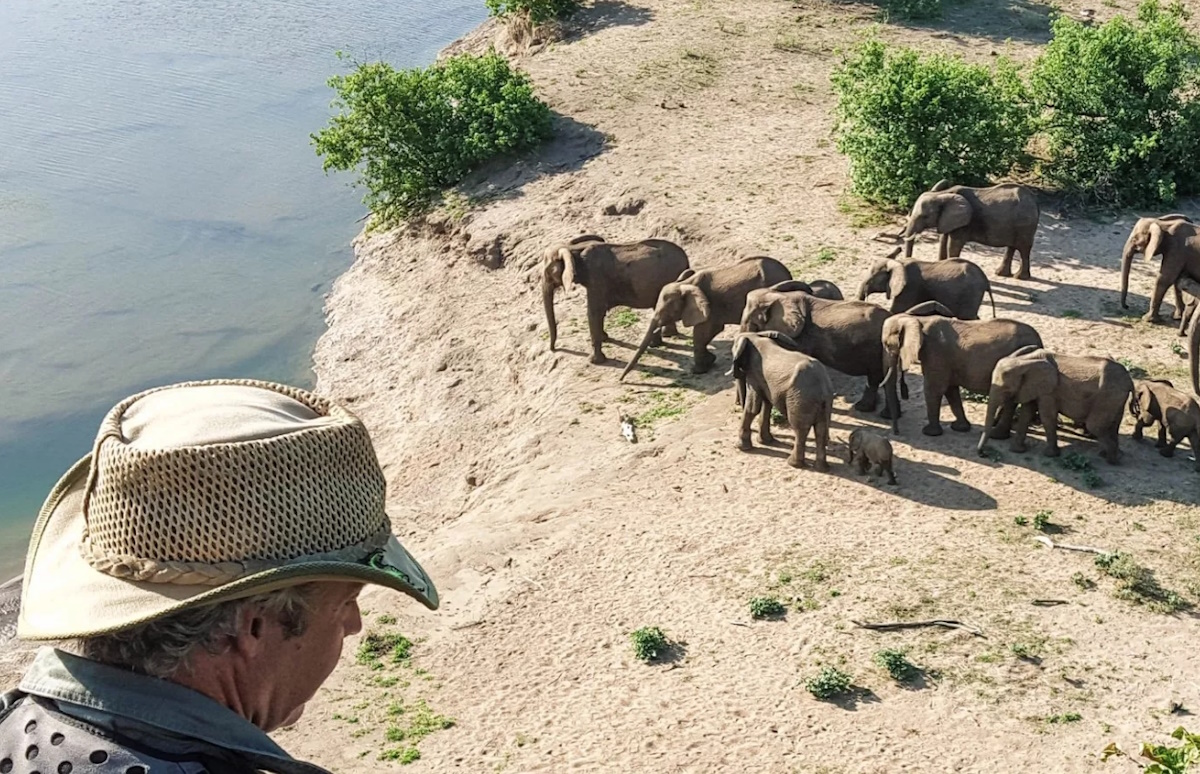Understanding Human-Wildlife Conflict in Botswana
Botswana is home to one of the richest biodiversities in Africa, boasting large populations of elephants, lions, leopards, and other wildlife species. However, this remarkable biodiversity has led to increasing incidents of human-wildlife conflict (HWC), particularly as human populations expand into areas traditionally inhabited by wildlife. The conflict presents significant challenges, affecting livelihoods, safety, and conservation efforts. This article explores the causes, impacts, and potential solutions to human-wildlife conflict in Botswana.

An elephant near a village in Botswana, illustrating the proximity of wildlife to human settlements.
Key Challenges
- Crop Raiding: Elephants and other animals often damage crops, leading to food insecurity and economic losses for farmers.
- Livestock Predation: Lions, leopards, and other predators sometimes prey on livestock, causing financial hardship for herders.
- Human Safety: Encounters with dangerous wildlife can pose risks to human safety, particularly in rural areas.
- Habitat Fragmentation: As human settlements expand, wildlife corridors are disrupted, leading to increased conflicts.
- Water Resource Competition: During dry seasons, both humans and animals compete for limited water resources.
"Human-wildlife conflict is one of the main threats to the continued survival of many species in different parts of the world, and is also a significant threat to local human populations. If solutions to conflicts are not adequate, local support for conservation also declines."
- World Wildlife Fund
Solutions and Mitigation Strategies
Botswana has implemented various strategies to address human-wildlife conflict, balancing conservation efforts with the needs of local communities:
1. Community-Based Natural Resource Management (CBNRM)
This approach involves local communities in wildlife management, allowing them to benefit from conservation through eco-tourism and sustainable resource use.
2. Compensation Schemes
The government provides compensation for crop damage and livestock losses caused by wildlife, helping to alleviate the economic burden on affected communities.
3. Physical Barriers
Installation of electric fences around farms and villages can help deter elephants and other large animals from entering human-populated areas.
4. Early Warning Systems
Implementing technologies like GPS collars on elephants and mobile app alerts to warn communities of approaching wildlife.
5. Alternative Livelihoods
Promoting eco-tourism and other wildlife-friendly economic activities to reduce dependence on agriculture in high-conflict areas.
The Role of Education and Awareness
Education plays a crucial role in mitigating human-wildlife conflict. By raising awareness about wildlife behavior, conservation importance, and conflict avoidance techniques, communities can better coexist with wildlife.

A community education program on wildlife conservation in Botswana.
Conclusion
Human-wildlife conflict in Botswana presents complex challenges that require multifaceted solutions. By implementing a combination of strategies, from community involvement to technological innovations, Botswana continues to strive for a balance between conservation and human development. The ongoing efforts demonstrate the country's commitment to preserving its unique biodiversity while ensuring the well-being of its people.
As Botswana moves forward, continued research, adaptive management, and international cooperation will be key to refining and improving human-wildlife conflict mitigation strategies, ensuring a sustainable future for both wildlife and local communities.